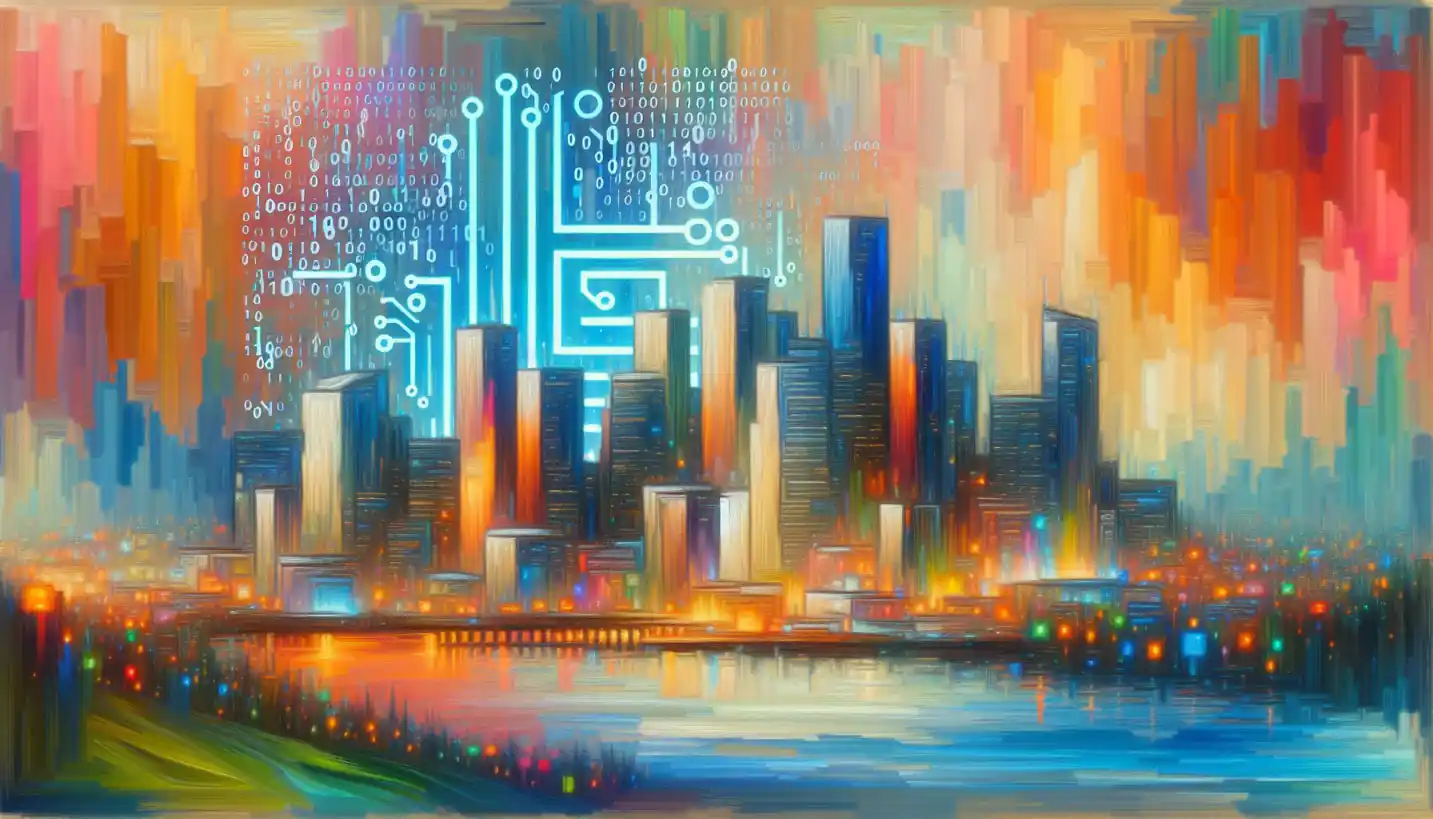· Computer Science · 4 min read
Augmented Reality Cloud: The Future of Interactive Experiences
The augmented reality cloud promises interactive, shared experiences across devices. Discover the future of digital interconnectedness in an AR world.

These days, technology feels like something out of a sci-fi movie. One exciting development that’s making waves is the Augmented Reality Cloud, or AR Cloud for short. Think of it as a kind of magic layer that can place digital objects into our real world, allowing us to interact with them in totally new ways.
What Is Augmented Reality Cloud?
The AR Cloud is essentially a digital copy of the real world. It’s created using data collected from sensors, cameras, and other devices that capture the environment around us. This information is then stored in the cloud, which acts like an enormous brain, processing the data and making it widely accessible. The AR Cloud allows multiple users to see and interact with the same virtual objects in the same space. So, if you and a friend are looking at a virtual dinosaur in a park, you’re seeing the same dinosaur in the same spot.
How Does AR Cloud Work?
Imagine your smartphone as a pair of super glasses. When you point it at the world around you, it captures what’s there and sends this information to the AR Cloud. The cloud then processes the data and sends back digital elements that your phone merges with the real-world view. It’s a bit like turning your phone into a portal that shows both real and virtual worlds at once.
What makes it even more fascinating is that the AR Cloud ensures these digital elements are synchronized for everyone. This means users can interact with and manipulate objects in real-time, creating shared experiences that are the same for everyone involved.
Real-Life Examples
You might be thinking, “This sounds cool, but how is it useful?” Well, AR Cloud has tons of practical applications. In retail, for example, imagine trying on clothes virtually. You could see how a shirt looks on you without ever stepping into a store. Or picture architects, who can overlay digital blueprints onto actual sites to visualize and tweak designs on the fly. It extends even further into gaming, where players can engage in epic battles with creatures that seem to leap right out of their screens into the real world.
Metaphors and Everyday Comparisons
If you’re finding all this a bit abstract, think of the AR Cloud like GPS for digital stuff. Just like GPS helps you navigate the world with precise location data, the AR Cloud helps virtual objects find their place in the real world. It maps out the environment and aligns digital content so it’s right where it’s supposed to be.
Future Possibilities
Now, let’s get those gears turning with some curiosity. Imagine a world where everything you see has an added layer of information. Walking through a park could be like strolling through a digital museum, with virtual exhibits popping up to tell you about the plants and animals you encounter. Schools could transform lessons into interactive experiences, letting students explore historical events as if they’re happening in real time. The AR Cloud is not just about cool gadgets and games; it has the potential to revolutionize the way we learn, work, and play.
Challenges and Considerations
With great innovation, however, comes great responsibility. There are some challenges to overcome. First, privacy concerns. If we’re constantly collecting and sharing data about our environments, we need to make sure that this information is protected. Then there’s the technical side. Building a seamless AR Cloud experience requires a lot of computing power and sophisticated technology. Developers need to ensure that AR content is stable, high-quality, and accessible to a wide audience.
Cutting-Edge Importance
Why does the AR Cloud matter so much right now? Because we’re living in a world increasingly driven by digital content. The AR Cloud represents a bridge between the digital and physical realms, opening new doors to immersive experiences. It’s not just about entertainment; it’s about expanding how we interact with information and the environment.
Exploring the Unknown
As you think about the AR Cloud’s future, consider the endless possibilities it holds. We’re just scratching the surface of what can be achieved. Could AR Cloud become a tool for solving real-world problems, like urban planning or environmental monitoring? Could it change how we build communities, making them more connected and informed? The potential is enormous, and it’s up to the next generation of innovators to harness this technology creatively.
In the end, the AR Cloud is more than just a new tech trend. It represents a shift in how we perceive and engage with the world around us. So, stay curious, and who knows? You might just become a part of creating the next big thing in augmented reality.


